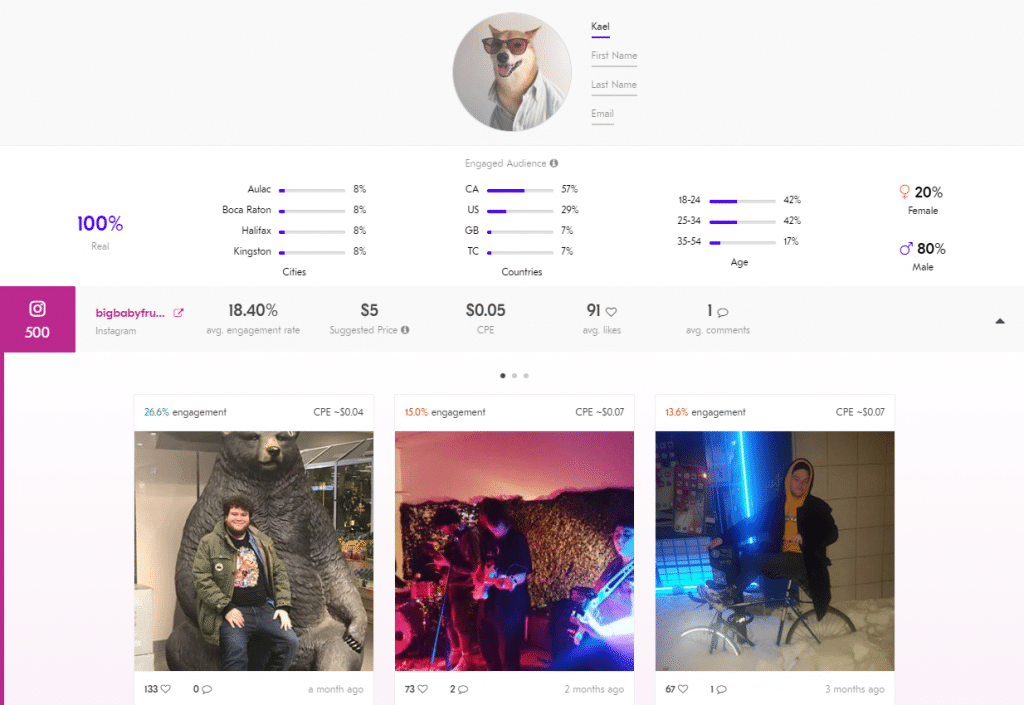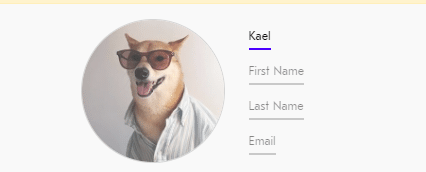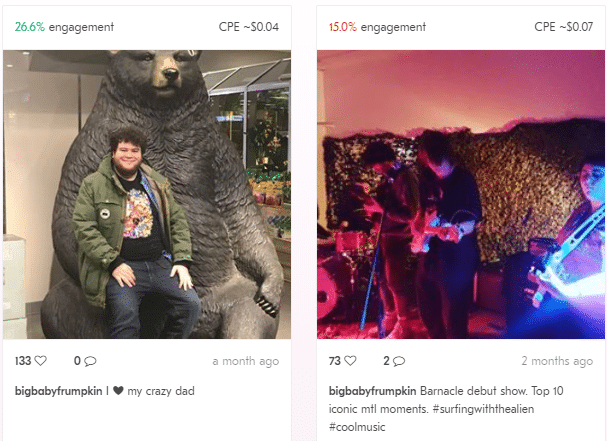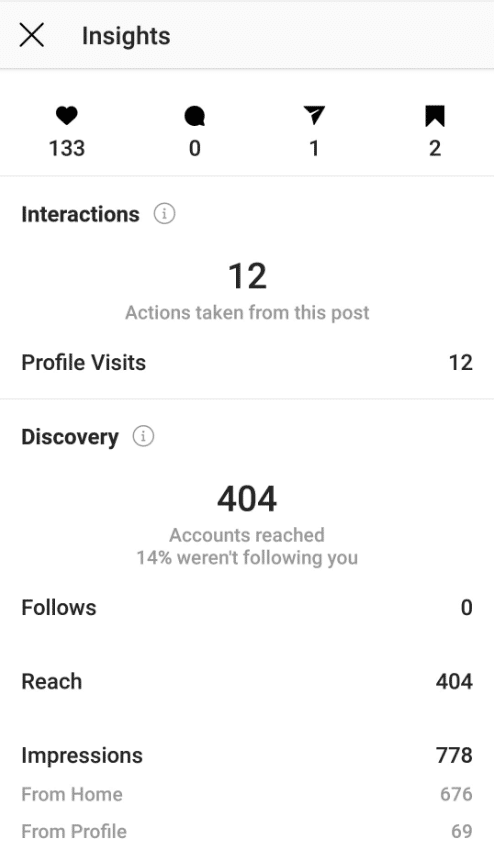Influencer marketing can seem like a daunting approach to digital marketing. Influencer culture has been around for nearly a decade, but the fluid nature of digital content means that it’s an ever-changing field. Influencers have been in the public eye many times throughout the 2010’s, from the runaway success (and eventual catastrophic failure) of Fyre Fest’s model heavy Instagram and YouTube campaigns. What are the dos and don’ts of influencer marketing? I am going to explain the basic premise of influencer marketing, how it differs from other outreach methods, and how to organize an influencer marketing campaign.
What IS influencer marketing?
Brand awareness campaigns come in many forms. From pay per click advertising, to search engine optimization, there are many well established venues in which your brand can be promoted online. So why take the risk of investing in a new method? The answer is simple: Outreach marketing via social media influencers helps personalize your brand. Influencers are followed due to the content they put out online. This content ranges in tone and theme; an influencer could be an established comedian who has gained a following for their YouTube sketch comedy, a respected lifestyle blogger who invites you to step into their shoes as they document the minutia of their rose tinted life on Instagram, or a fashion trendsetter who has developed a following for their progressive style.
The idea of influencer marketing can be traced back to the celebrity spokesperson. Some of the most successful and iconic advertising campaigns have featured celebrity spokespeople, from sports stars to established actors. The difference between influencer marketing and celebrity focused spokesperson advertising lies in the accessibility of social media; your spokesperson does not need to be a household name, as long as they have a direct connection with your targeted socio-demographic. Having an influencer tout your product or service on their social media channel allows for them to provide relatable, natural feedback and reviews of your product, while showing off the benefits of the goods or services you provide.
Influencers can be well known household names who draw a lot of coverage and gain a lot of views, like your Jenners or your Ratajkowski’s, but the rise of the microinfluencer has allowed for influencer marketing campaigns to take on a more organic appeal. What’s a microinfluencer, you ask? Microinfluencers are social media users who have over 10,000, but under 100,000 social media followers and have gained a devoted following in their online niche, who promote products that they endorse via their social media accounts. Microinfluencers are oftentimes more relatable than bigger name internet celebrities; would you rather take a recommendation from a celebrity, or a friend? The personal nature that a microinfluencers online presence has brings awareness to your brand, while promoting it in a more “natural” setting.
What Type of Influencer is Right for Your Brand?
When starting your influencer marketing campaign, it is important to have a grasp on your target audience. What kind of people does your product or service appeal to? When you narrow down your target audience, you can begin to “prospect”, or search for and vet potential collaborators from a pool of influencers who reach the type of audience you are interested in displaying your product to. For example, fashion influencers would be perfect to work with if you were a company selling clothing or related products, as they are followed for their chic style and help define current fashion trends. Fashion influencers, on the other hand, would not be top of the list if you were selling a service, such as printer cartridge refills; this type of service would be better displayed on accounts that are followed for their recycling/ecological influence, like this list of green influencers. Finding what niche best speaks to your target audience is important so that you ensure you are investing your time and resources in a campaign that will have a higher ROI.
Once you have decided what type of influencer you would like to work with, the next step is to create a list of those you would like to contact. Browsing hashtags related to your brand is a great place to start; influencers may have already been posting your products, and reaching out to see if they are interested in collaborating on a campaign will let them know you are aware that they are already a fan. There are a number of 3rd party databases that can also be used to browse influencers by type to ease your search, but most come with steep monthly subscriptions and have some issues with labeling.
How Do You Judge the Value of a Collaboration?
Before reaching out to an influencer, we recommend using a tool to analyze their feed to give you an idea of whether or not their content has the type of reach and interactions that you are looking for. We use Upfluence to judge Instagram and YouTube accounts, and have found it to be a reliable way to value an influencer in the initial stages of outreach.

Here is a screenshot of my personal account run through the software. The plugin that comes with the service offers a handy look at a number of stats that are important when planning your campaign. I will break these down below.

At the top, we have a breakdown of the name, and contact information of the account.

Below we have a breakdown of the demographics this account is reaching. 100% of my accounts followers are real, meaning no bots follow me. That means the content on this account is reaching real people. For bigger accounts, it is normal to have a small amount of bots following, but if it is any higher than 5%-10% it is a red flag, and may not be worth it to work with the influencer.

A breakdown of the location of the accounts following this person is also included, as well as the sex of the followers. This is helpful when campaigns are specific to one region, province, state, or country, and allows you to gear your content towards specific regions, ages, and sexes.

A breakdown of engagement rate lets you know what percent of those who see the content interact with it, be it through commenting, liking, saving, or sending the image or video to another account. A suggested price per post is provided based on this statistic, as well as the CPE, or cost per engagement. The average likes and comments per posts are also provided so you have a more tangible number and know what to expect.

The tool offers a display of the 9 most recent posts made on the account being judged, as well as the engagement percentage each of these posts have. This lets you judge what kind of content draws more engagement; here you can see that pictures with me in them draw more interaction from my followers than those that do not have me in them. This can be used to give influencers examples of the type of content you would like them to create for the campaign.
The account analysis that this tool allows you to judge whether or not you are interested in pursuing the influencer, but there are some statistics that are only available to the influencer themselves. Reach and Impressions are two very important factors in whether or not an influencer is going to perform well during this campaign; reach is the number of unique accounts that see the content, and impressions are the number of total views, including repeat views from the same account.
Reach and Impressions can be obtained through Instagram analytics, a tool that can be activated on any Instagram account for free. A screencap of the analytics page will suffice, but must be provided by the influencer themselves. It will look like this:

Here, you can see that this post reached 404 unique accounts, but those accounts viewed it 778 times in total. 676 people saw it from their home feed while scrolling, while 69 users clicked through to the account that posted it and saw it there.
Negotiating
After you have analyzed these statistics, it is time to negotiate with the influencer. Negotiation is a balancing act, and boils down to one tenet: are you able to make this a win-win situation for both your brand and the influencer? When negotiating, it is important to remember that Influencers make a living off of their work, and will very rarely work for free. Make sure to set aside a cash budget, and make your offer based on what you value each view to be. There are many formulas to discern what the value of a view is, but generally content that garners high engagement rates and has high visibility is worth more.
After agreeing to a deal, we recommend writing the terms in a contract for the influencer to look over and sign prior to the collaboration moving forward. Include what compensation the influencer will receive for their work, be it product, a service, or cash, and detail the content they will deliver for this compensation. Add a time frame, and when you will send them their compensation. After they have looked the contract over and signed it, the collaboration can move forward and everyone will have a clear outline of what is expected from them.
Following Up
Once the influencer has posted their content, make sure to follow up and get them to send you a screencap of the analytics of the posts. These screencaps will provide you with an idea of how this content performed; was it engaging, how many people did it reach, and did it garner any interest in your brand or product. These statistics are important when judging the success of your current campaign, and when gauging whether your target audience is responding to this type of influencers post.
Building long term working relationships with influencers is recommended. If the content they made is successful, then working together in the future, or setting up a multi-post collaboration spanning a set amount of time can be a great way to sustain the momentum of your campaign. The more the same users see a product, the more likely they are to gain an awareness of a brand; think about a company like MeUndies, who applied an aggressive influencer campaign spanning a range of digital media services including podcasts, as well as social media influencers, and have grown into a household name through repeated promotion on the same accounts. Working with the same influencer more than once is recommended, if they are delivering high quality content that brings attention to your brand.

